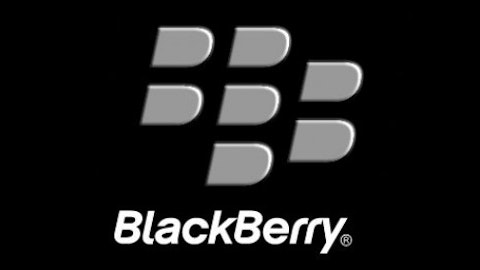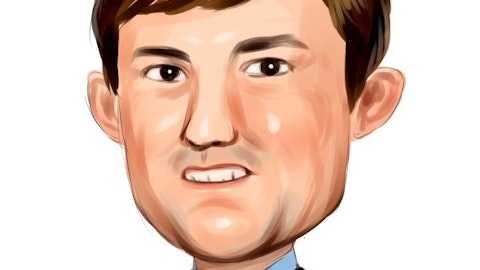
The leveraged-buyout industry (also known as private equity) gained a particular notoriety during the 2012 presidential campaign. However, the history of that industry is not particularly lengthy. In fact, it begins right around the time that losing candidate Mitt Romney began his career at Bain Capital. The very first time a leveraged buyout took a major public company private was on May 14, 1979, when KKR & Co. L.P. (NYSE:KKR) paid $355 million for struggling manufacturer Houdaille Industries.
The deal, $300 million of which was debt-financed by multiple banking and insurance companies, took nearly a year to put together and firmly established KKR & Co. L.P. (NYSE:KKR) as an investment fund to follow. Ultimately, KKR kicked in a microscopic $1 million toward the buyout. Houdaille shareholders, who held $15 shares before the offer, walked away with $40 per share — more than anyone reasonably expected to get for a weak manufacturing concern at the tail end of the stagflation-addled ’70s. KKR & Co. L.P. (NYSE:KKR) promised a “pot of gold” for investors on a proposed 1984 public offering, but economic forces would not be kind to Houdaille.
Max Holland, writing for Washington Decoded decades later, laid bare the details behind this unprecedented buyout and the glaring flaws it revealed years later:
Wall Street immediately recognized that the financial rules were no longer the same. “The public documents on that deal were grabbed up by every firm on Wall Street,” one buyout artist, Frank Richardson, recalled several years later. “We all said, ‘Holy mackerel, look at this!'” …
Normally … a corporation the size of Houdaille has a comfortable cushion — its own equity — to fall back on. It can suspend dividend payments if need be, or borrow against its equity if new investment is needed. But a leveraged company has only one option: service the debt, even if it means breaking up the company.
The unexpected came in the form of a recession and foreign competition. Nothing like the deep 1981-1982 recession had been forecast when Houdaille underwent its LBO in 1979. As if that wasn’t enough, seemingly overnight Houdaille was also facing the specter of fierce competition in a business segment that was supposed to be a safe niche: machine tools. The Japanese were making startling inroads into the American market, long the almost exclusive preserve of U.S. builders like Houdaille.
The market conditions of 1979 offered a rare bright spot in over a decade of weak market returns, but there were many headwinds against the deal’s success. The grinding early-’80s recession was worse from an inflation-adjusted viewpoint, as it occurred during Fed Chairman Paul Volcker’s efforts to counteract high levels of inflation. The Dow Jones Industrial Average (Dow Jones Indices:.DJI) fell to its final low point in a decade-plus secular bear market that had given investors negative real returns since the late 1960s. As Holland notes, Japanese competition would also threaten American manufacturing in many industries beyond Houdaille’s niche.
Houdaille was gone from the American corporate landscape by 1987. This did not slow the leveraged-buyout industry down; indeed, its greatest triumphs occurred after Houdaille vanished. KKR & Co. L.P. (NYSE:KKR) wasn’t set back much by Houdaille’s failure, and it has remained on the leveraged-buyout vanguard ever since, completing a record-setting buyout of RJR Nabisco in 1989. More recently, KKR & Co. L.P. (NYSE:KKR) joined forces with other private-equity firms to complete a $45 billion buyout of Texan utility TXU. This deal, unfortunately, now more closely resembles KKR’s early failure. The renamed utility is drowning under $52 billion in debt, and the failed bet on high natural-gas prices has meant that KKR & Co. L.P. (NYSE:KKR) and its compatriots may eventually have to write off the deal at a significant loss.
The foundation of modern philanthropy
John D. Rockefeller and his son, John D. Rockefeller, Jr., established the nonprofit Rockefeller Foundation on May 14, 1913. With an initial contribution of $35 million and another $65 million added the following year, the Rockefeller Foundation immediately leapt to the fore of American charitable organizations, which it in fact helped to pioneer — only the nonprofit Carnegie Corporation is older. Guided by “Junior” during its early years, the foundation soon established a model of charitable giving that has since been emulated by many of the world’s wealthiest people, incorporating its wealthy founders’ goals into a broader, results-driven approach learned from the business world. Its guiding mission, “to promote the well-being of mankind throughout the world,” was channeled primarily into education and health initiatives — similar to the philanthropic efforts of that latter-day Rockefeller, Bill Gates.


